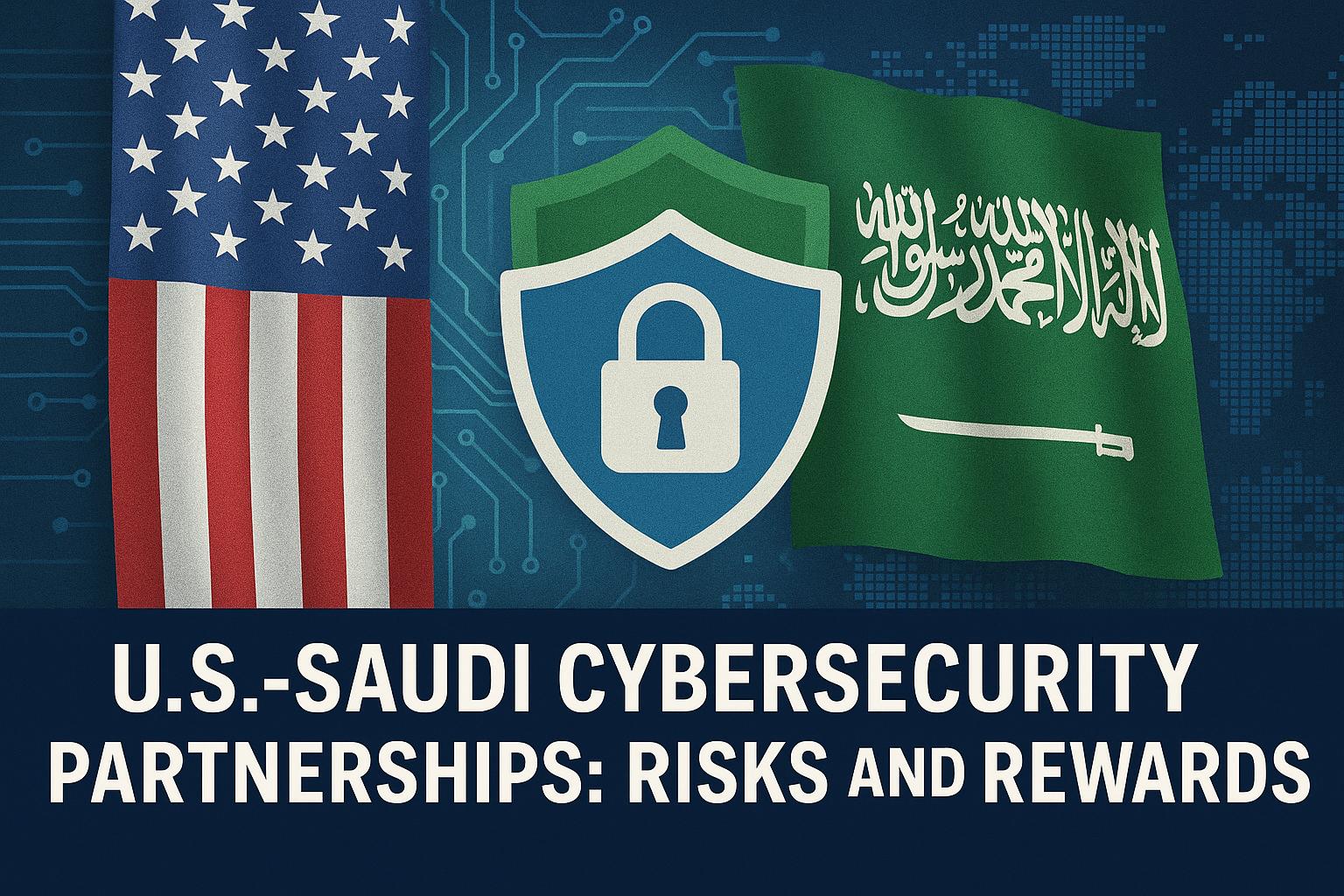Overview of US-Saudi Cybersecurity Cooperation
The collaboration between the United States and Saudi Arabia in cybersecurity is increasingly pivotal, driven by an escalating need to guard against sophisticated cyber threats. As digital landscapes evolve, the urgency to protect critical infrastructure and digital ecosystems intensifies. This is where the partnership between these two nations becomes invaluable, harnessing resources and expertise unique to each.
Key Areas of Collaboration
In the realm of cybersecurity, the US-Saudi cooperation revolves around several critical focus areas that bolster their collective defenses.
Information Sharing: A fundamental pillar of their partnership is the exchange of information. Recognizing the importance of intelligence sharing, both nations have set up mechanisms that enable them to pool information effectively. This pooled intelligence helps both countries enhance their awareness of potential cyber threats, and respond to them more swiftly. Through shared databases and collaborative platforms, they work together to preemptively address vulnerabilities.
Joint Exercises and Training: Another key component is the establishment of joint exercises and training routines. By simulating various cyber-attack scenarios, these exercises allow cybersecurity teams from both countries to refine their readiness and response strategies. These practice sessions are crucial in stress-testing current systems and identifying areas for improvement, ensuring a state of high preparedness in both nations.
Technology and Expertise Exchange: The US and Saudi Arabia also engage in technological and expertise exchanges. This involves the transfer of cutting-edge technology and operational strategies that aid in developing robust cybersecurity infrastructure. Such collaborative innovation is aimed at creating advanced tools to tackle increasingly intricate cyber challenges. Both nations benefit from each other’s technological advancements, creating a pool of resources that enhances their overall security posture.
Rewards of the Partnership
The partnership is not without its rewards. Through their cooperation, both countries stand to gain significant benefits that extend beyond just enhanced cybersecurity.
Enhanced Security Posture: The alliance results in fortified cybersecurity structures. By pooling resources and knowledge, the countries improve their cybersecurity frameworks, which is vital for protecting national infrastructures from cyber threats.
Economic Benefits: With improved defenses comes economic stability. Strong cybersecurity measures can prevent incidents that might otherwise lead to substantial financial losses. Thus, this cooperation indirectly boosts economic confidence and stability by minimizing economic disruptions caused by cyber incidents.
Political and Strategic Alliances: Beyond the tangible benefits of improved security, the partnership also solidifies diplomatic ties. The strategic alliance formed through cybersecurity cooperation facilitates broader collaboration in global security issues, adding a layer of resilience to the political relationship between the two nations.
Potential Risks Involved
While there are many advantages to this partnership, it also comes with significant risks that need careful management.
Conflicting National Interests: Although united by common goals, the US and Saudi Arabia have their distinct political and economic agendas. These differences can sometimes lead to conflicts or disagreements, potentially hindering collaborative efforts if not managed carefully.
Data Privacy Concerns: Increased data sharing, while beneficial, raises concerns about data protection. The risks associated with data breaches and unauthorized access are magnified, emphasizing the importance of robust security protocols to protect sensitive information.
Dependence on Foreign Technology: With reliance on each other’s technologies comes the vulnerability of potential exploitation. Dependency can lead to situations where one nation might be able to manipulate circumstances to its advantage during conflicts, underscoring the need for balanced technological independence.
Addressing the Challenges
To mitigate these risks, it is paramount that the US and Saudi Arabian governments place a strong emphasis on establishing rigorous protocols. Negotiating agreements that clearly outline the terms of data sharing is essential. Furthermore, they must continuously invest in advanced security solutions to ensure that shared information remains protected, and that collaboration is as seamless and secure as possible.
In practices, such measures require constant adaptation to evolving threats and technologies. Regular updates to shared frameworks and continuous dialogues about best practices are crucial for the efficacy of this partnership.
Conclusion
The cybersecurity partnership between the United States and Saudi Arabia offers vast potential benefits for both nations. By effectively managing the relationship’s inherent risks through strategic planning and open communication, this collaboration could set a precedent for future international cybersecurity alliances. Exploring more details on this partnership can offer further insights into its development, and visiting platforms like the official Cybersecurity and Infrastructure Security Agency site can provide authoritative updates and in-depth reports that amplify understanding of this critical area of international cooperation.
This article was last updated on: August 31, 2025




